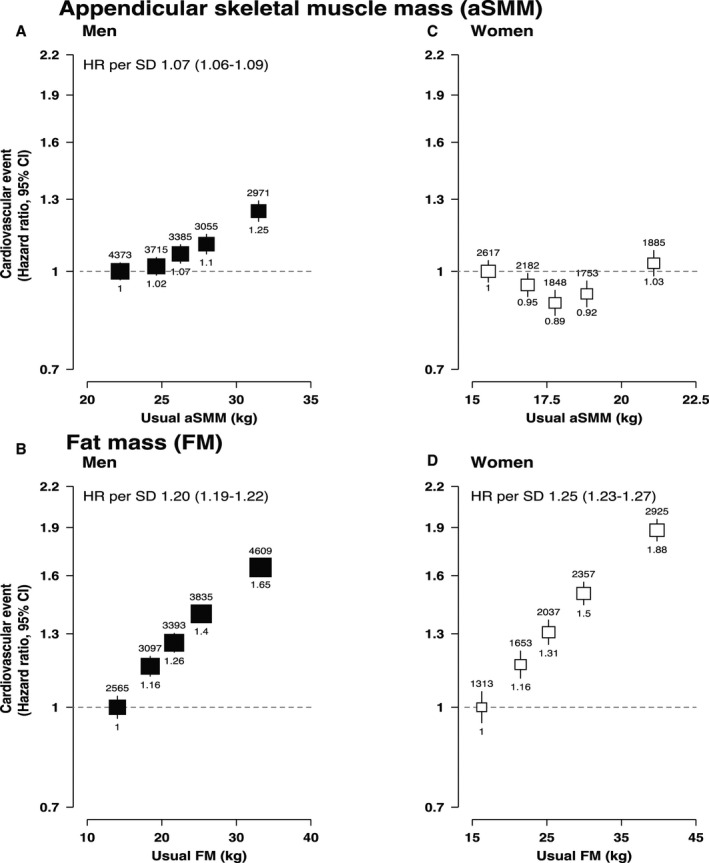Figure 1. Adjusted hazard ratios (HRs) of incident cardiovascular disease associated with appendicular skeletal muscle mass (aSMM) and fat mass (FM).

A, HRs of incident CVD associated with aSMM in men, 1 SD=5.66 kg. B, HRs of incident CVD associated with aSMM in women, 1 SD=1.45 kg. C, HRs of incident CVD associated with FM in men, 1 SD=6.75 kg. D, HRs of incident CVD associated with FM in women, 1 SD=8.28 kg. For all panels, likelihood ratio tests were used to estimate nonlinearity (aSMM in men, P=0.04; aSMM in women, P<0.001; FM in men, P=0.09; FM in women, P=0.09). Adjusted HRs and CIs obtained using the floated absolute risk method of Cox proportional hazards regression, number of cases shown above each estimate and HRs shown below. Adjusted for age (underlying timescale variable), height (as a continuous variable in FM and included by regression out of variation due to height for aSMM), Townsend index of deprivation, education, smoking status, alcohol intake, physical activity, oily fish intake, fruit and vegetable intake, saturated fat intake, diabetes mellitus, cancer history, menopause (women), and mutually adjusted for FM (in the aSMM models) and aSMM (in the FM models). HRs are plotted at the mean of the resurvey values for the baseline‐defined quintiles (“usual” values) to correct for measurement error. HRs per 1 SD given where there was no evidence of departure from linearity. CVD indicates cardiovascular disease.
